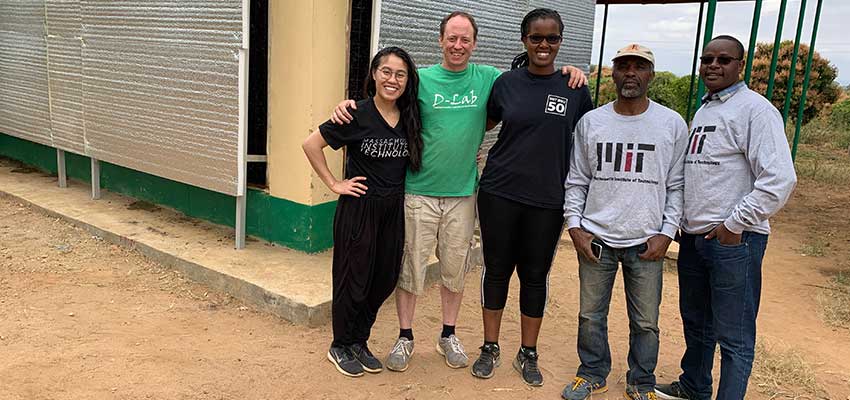
This summer, as part of D-Lab's research on the uses and dissemination of evaporative cooling technology, I had the opportunity to travel to Kenya and Rwanda with Eric Verploegen, an MIT D-Lab research engineer, and D-Lab graduate student Trang Luu.
The focus of our fieldwork in Kenya was to install retrofits on the charcoal evaporative cooling chambers at two existing sites, to collect temperature and moisture data from sensors, and to have conversations with researchers and farmers regarding ways to improve the uses of evaporative cooling chambers. On our first day, we met with research partners from the University of Nairobi—Benson Maina, El-Yakhim Mwachoni, Jane Ambuko, and Duncan Mbuge— to discuss the details of the retrofit installations.
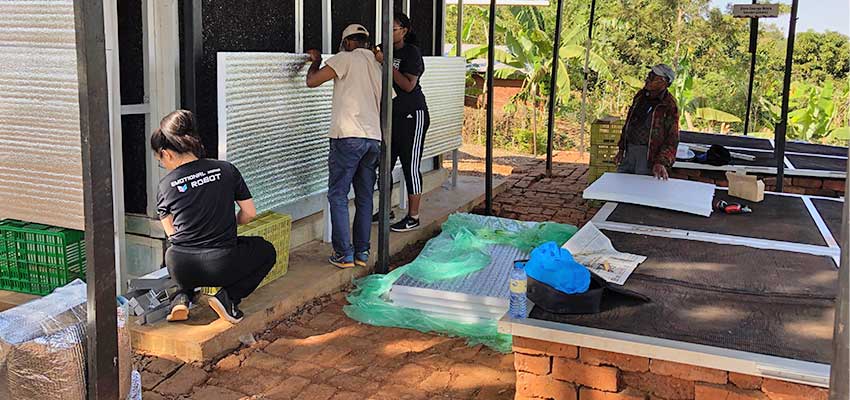
The plan was to add reflective insulation material on the four exterior walls of the charcoal chambers, leaving a buffer of about 30 centimeters (both between the wall of the chamber and the insulation panel, as well as between the bottom edge of the insulation panel and the ground) for proper air circulation. This would reduce how much heat was being absorbed by the exterior walls due to direct contact with sunlight throughout the day. After the meeting concluded, we were on our way to the first evaporative cooling site in Karurumo (located in the Eastern Province of Kenya).
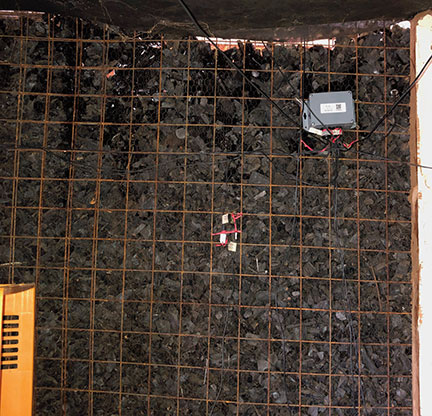
In both Karurumo and Masii (located in the southeast), Trang and I worked with Eric and Mwachoni to install the reflective panels. Members of the farming cooperative also came to the center to discuss various challenges in reducing post-harvest losses. Benson, along with a team of student enumerators (also from the University of Nairobi) conducted one-on-one interviews with the farmers to discuss the post-harvest process. Interviews were conducted both at the cooperative centers as well as nearby farms. In addition to helping with installations, I also had the opportunity to shadow the enumerators and sit in on a couple of sessions.
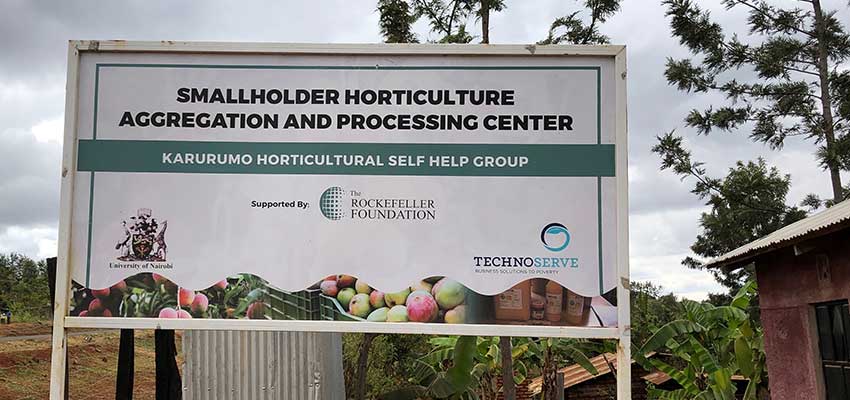
I appreciated the way the questions were presented: open-ended and with an emphasis on understanding the context. This was important to ensure that the interviews were done in a thoughtful and collaborative manner, focusing on the experiences of the farmers. Besides the interviews, we also had interesting discussions with the farmers at the cooperative about finding alternative materials to charcoal for the larger evaporative cooling chambers.
All in all, our fieldwork in Kenya was a success, and it taught me the importance of collaboration and partnership with community members.
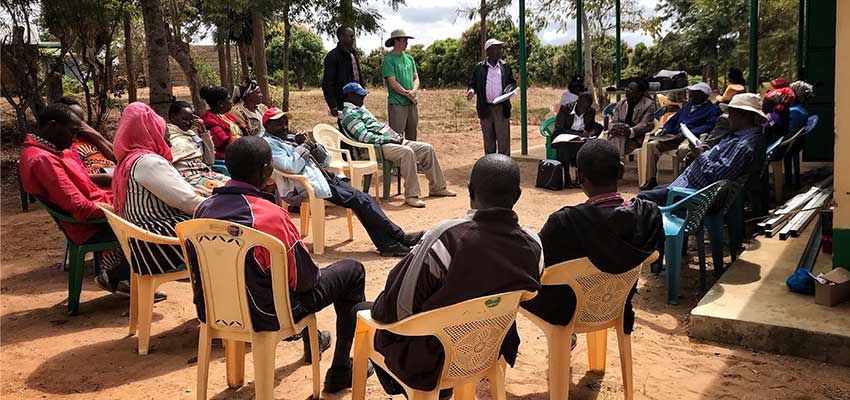
Rwanda
In Rwanda, Trang and I traveled to two evaporative cooling sites: one in Mulindi (about 15 minutes outside of Kigali) and Rubona, a town in the southern province. At the sites, Trang and I met with members of the research team from a previous study on evaporative cooling devices in Rwanda, conducted by MIT D-Lab in partnership with Agribusiness Associates. The researchers discussed with us the outcomes of the study, as well as various government programs being initiated to train farmers in the use of evaporative cooling technologies. Learning about how these technologies are being disseminated and seeing the ways in which the project was improving the livelihoods of farmers and households in my home community was impactful on a personal level.
Traveling to the evaporative cooling sites in Kenya and Rwanda this summer really opened my eyes to the impact this project has on reducing post-harvest losses. It was particularly beneficial for learning about the different needs raised by users of evaporative cooling technologies and listening to their unique perspectives. It gave me valuable context for the project and made me eager to continue looking for ways to contribute to the work.
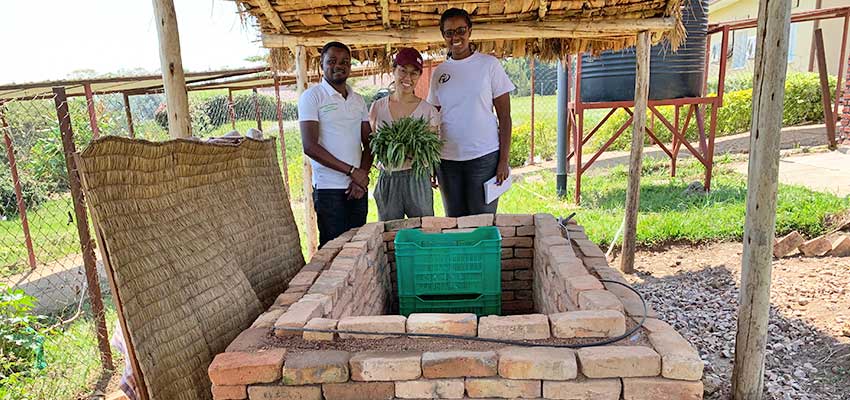
This work was funded in part by a seed grant from the Abdul Latif Jameel Water & Food Systems Lab (J-WAFS).
About the writer
Carene Umubyeyi is an MIT sophomore from Rwanda majoring in Civil and Environmental Engineering. Through the Undergraduate Research Opportunities Program (UROP), she has been able to explore her passion for international development by working with the evaporative cooling research team at D-Lab. In the future, she hopes to return to Rwanda and work in developing innovative solutions that will accommodate Rwanda’s growing need for sustainable infrastructure.
More information
MIT D-Lab Evaporative Cooling for Vegetable Preservation
Contact
Eric Verploegen, MIT D-Lab Research Engineer, Evaporative Cooling Lead

